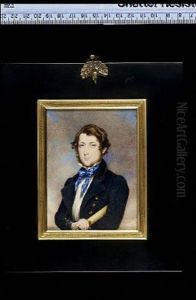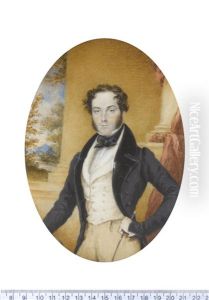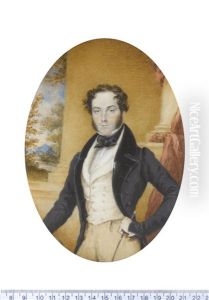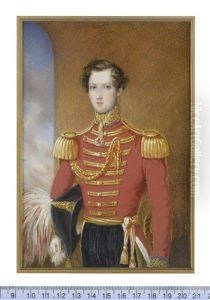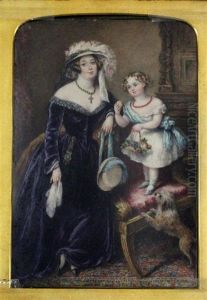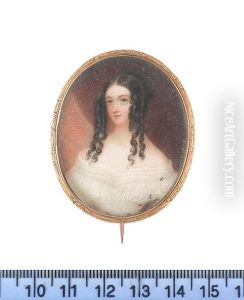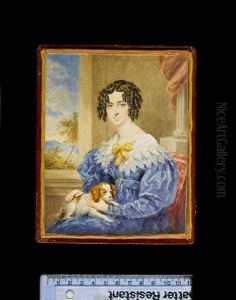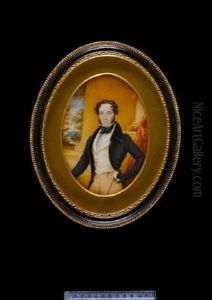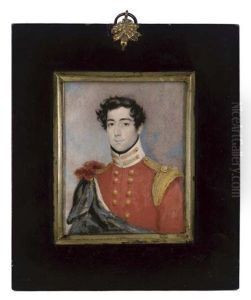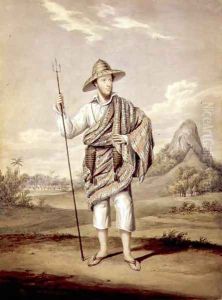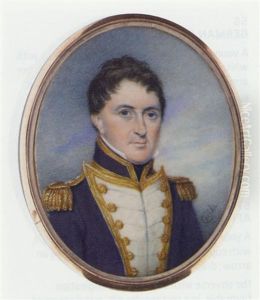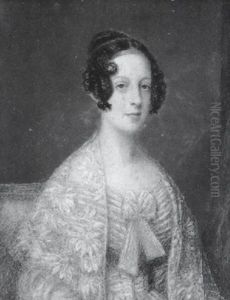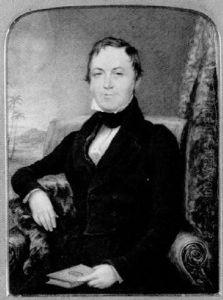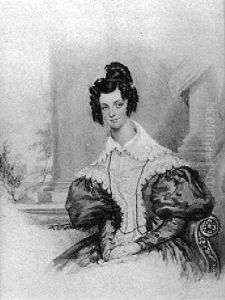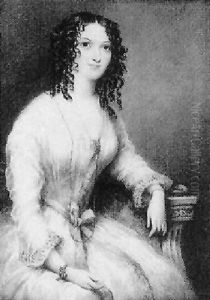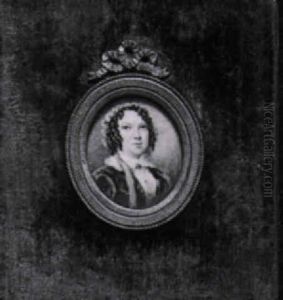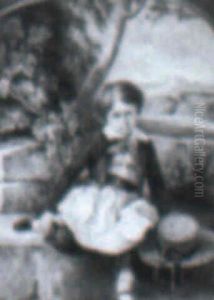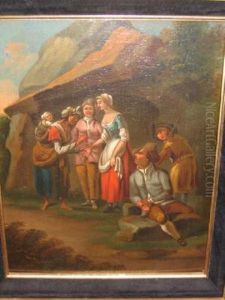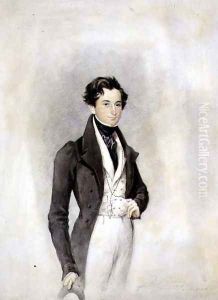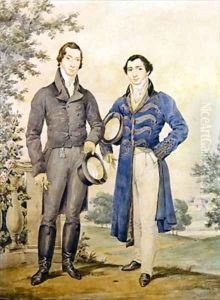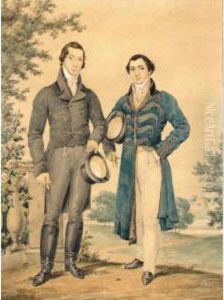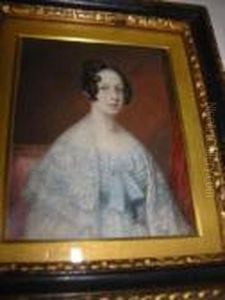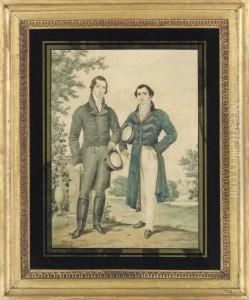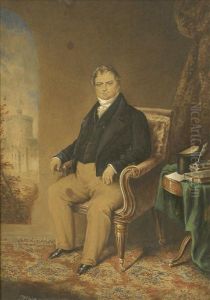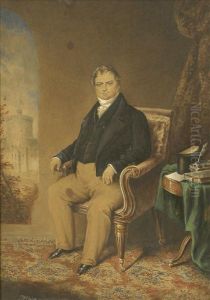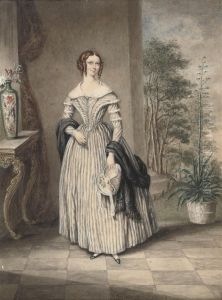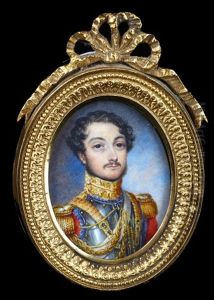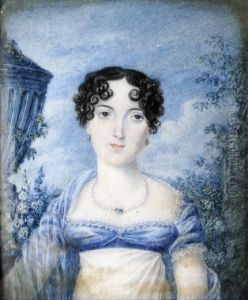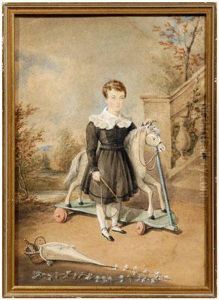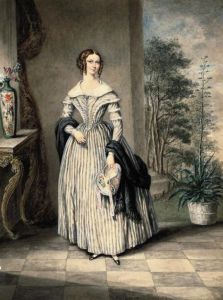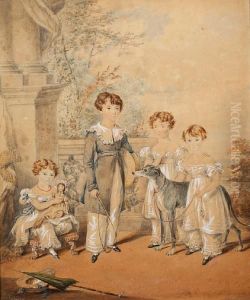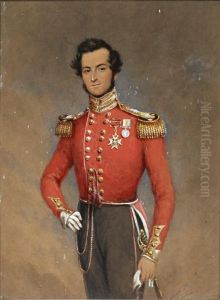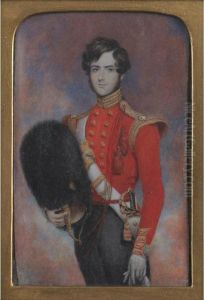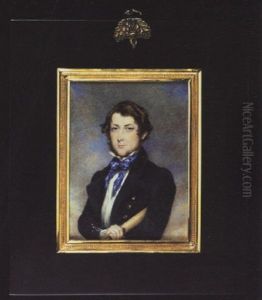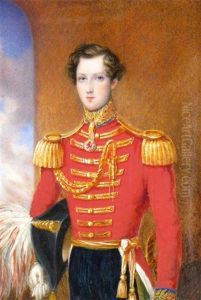James Warren Childe Paintings
James Warren Childe was an accomplished British artist, primarily recognized for his skill in miniature painting and portraiture. Born in 1778, Childe's artistic journey is a testament to the vibrant art scene of the 18th and 19th centuries in Britain. He carved a niche for himself in an era that celebrated the detailed and intricate work of miniaturists. Childe's work is often celebrated for its precision and the ability to capture the essence of his subjects with remarkable clarity.
Childe's career spanned several decades, during which he developed a distinctive style that made his work highly sought after by the aristocracy and the burgeoning middle class of his time. His portraits were not just mere representations; they were imbued with the personality and the spirit of the sitters, a quality that made them immensely popular.
Throughout his career, James Warren Childe was an active participant in the British art community. He exhibited his work at prestigious institutions, including the Royal Academy, contributing to the vibrant cultural tapestry of the period. His contributions were not limited to his own creations; he was also involved in the broader dialogue about art and its place in society, participating in discussions and events that shaped the art world of his time.
Despite his success, Childe remained a dedicated craftsman, constantly refining his techniques and exploring new methods to enhance his work. This dedication to his craft ensured that his techniques remained innovative, allowing his art to evolve with the times while still retaining its classic appeal.
James Warren Childe passed away in 1862, leaving behind a legacy that has continued to influence the world of miniature painting and portraiture. His works are preserved in several collections and museums, serving as a testament to his skill and dedication to the art form. Childe's life and work remain a subject of study for art historians and enthusiasts, who admire his ability to capture the nuances of human expression and the beauty of the era he represented.
